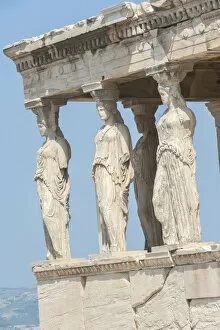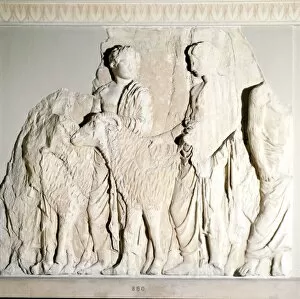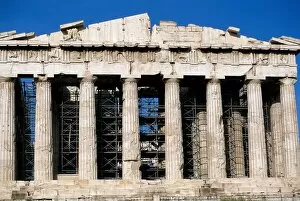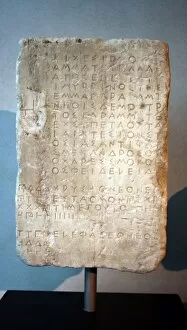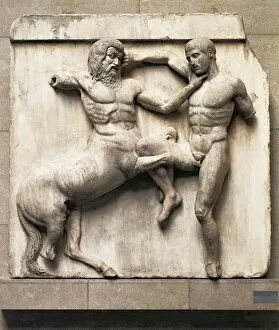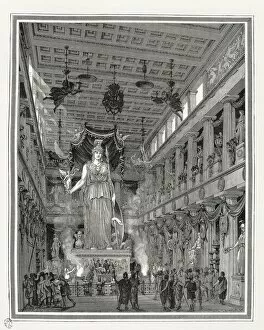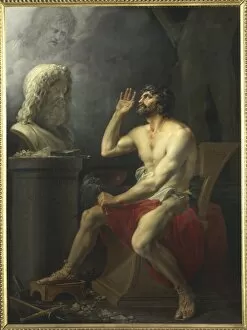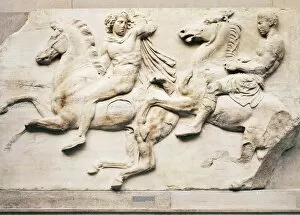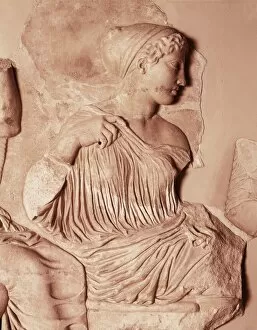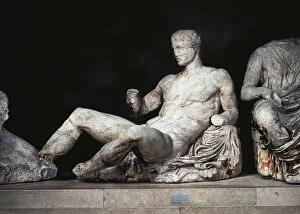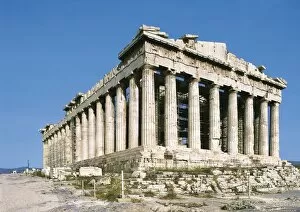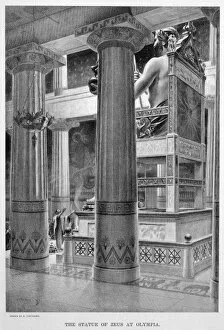Phidias Collection (#2)
Phidias, the renowned ancient Greek sculptor and architect, left an indelible mark on the world of art. His masterpieces continue to captivate audiences even today
For sale as Licensed Images
Choose your image, Select your licence and Download the media
Phidias, the renowned ancient Greek sculptor and architect, left an indelible mark on the world of art. His masterpieces continue to captivate audiences even today. One such masterpiece is "Phidias showing the Parthenon Frieze to his Friends" by Sir Lawrence Alma-Tadema, a painting that pays homage to Phidias' genius. However, it is Phidias' monumental sculptures that truly showcase his extraordinary talent. The awe-inspiring Statue of Zeus in Ancient Olympia stands as a testament to his skill and craftsmanship. This Chryselephantine statue, constructed in 471 BC for the temple of Olympia, exudes grandeur and divine beauty. Not limited to just one style or subject matter, it also created exquisite marble statues like the wounded amazon and Aesculapius statuette. These pieces demonstrate his ability to capture emotion and realism with precision. Perhaps one of Phidias' most famous works is the Statue of Athena Parthenos from the Parthenon. Carved from marble with meticulous attention to detail, this sculpture radiates power and wisdom. The South Frieze of the Parthenon further showcases Phidias' mastery over composition and storytelling through stone carvings. It brings alive scenes from ancient Greek mythology on Athens' iconic Acropolis. Even after centuries have passed since their creation, Phidias' works still evoke wonderment among art enthusiasts worldwide. The Elgin Marbles Cavalcade highlights some fragments from these magnificent friezes that were removed during Lord Elgin's controversial acquisition. Among other notable works attributed to him are Medusa Rondanini - a Roman copy showcasing classical aesthetics - as well as Apollo statue at Pergamon which exemplifies grace and poise in its marble form.


